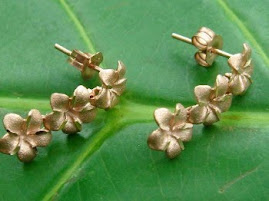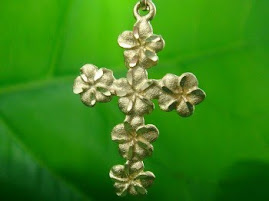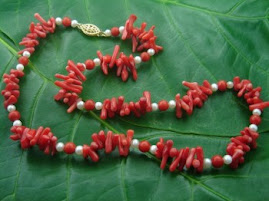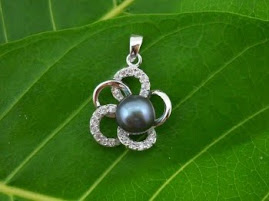Pearls are not just little white orbs strung together and worn as a necklace. Cultured pearls are still new to some buyers. Many are amazed to see colors of pearls that are not white. In order to understand more about pearls and their different varieties, let us start with basic categories.
The first breakdown in categorizing pearls is freshwater and saltwater. The freshwater pearls come in many pastel colors like lavender, peach, orange, white, cream, purple, brown, and yellow. Fresh water pearls do not need a bead nucleus, instead the mussel takes a piece of its own mantle tissue which secrets nacre (mother of pearl) and produces a solid pearl with no central bead core. H. Cumingi is the name of the common freshwater mussel. Most of the freshwater pearl farms are in China, about 300 miles outside of Shanghai. These oysters produce many varieties of shapes such as round, oval, and baroque (odd shaped) pearls.
There are three basic types of saltwater pearls, namely: Akoya, Tahitian and South sea pearls. The akoya pearls also come in a large variety of shapes and colors. Most of the farming of these sea pearls is in Japan. Akoya is the name of the pearls of this region. Highly lustrous, hard and round are the basic characteristics of akoya pearls. Your classic white pearl strands are usually akoya pearls. Most of these gems are light colored but occasionally a beautiful blue-black or blueberry pearl appears.
A second type of pearl is the fabulous Tahitian pearl that range from a silvery color to a deep blue green.
The third and final type is the south sea pearl, normally farmed in Australia or the Philippines. The oysters are the largest species and can produce an extremely large golden pearl.
The first breakdown in categorizing pearls is freshwater and saltwater. The freshwater pearls come in many pastel colors like lavender, peach, orange, white, cream, purple, brown, and yellow. Fresh water pearls do not need a bead nucleus, instead the mussel takes a piece of its own mantle tissue which secrets nacre (mother of pearl) and produces a solid pearl with no central bead core. H. Cumingi is the name of the common freshwater mussel. Most of the freshwater pearl farms are in China, about 300 miles outside of Shanghai. These oysters produce many varieties of shapes such as round, oval, and baroque (odd shaped) pearls.
There are three basic types of saltwater pearls, namely: Akoya, Tahitian and South sea pearls. The akoya pearls also come in a large variety of shapes and colors. Most of the farming of these sea pearls is in Japan. Akoya is the name of the pearls of this region. Highly lustrous, hard and round are the basic characteristics of akoya pearls. Your classic white pearl strands are usually akoya pearls. Most of these gems are light colored but occasionally a beautiful blue-black or blueberry pearl appears.
A second type of pearl is the fabulous Tahitian pearl that range from a silvery color to a deep blue green.
The third and final type is the south sea pearl, normally farmed in Australia or the Philippines. The oysters are the largest species and can produce an extremely large golden pearl.






No comments:
Post a Comment